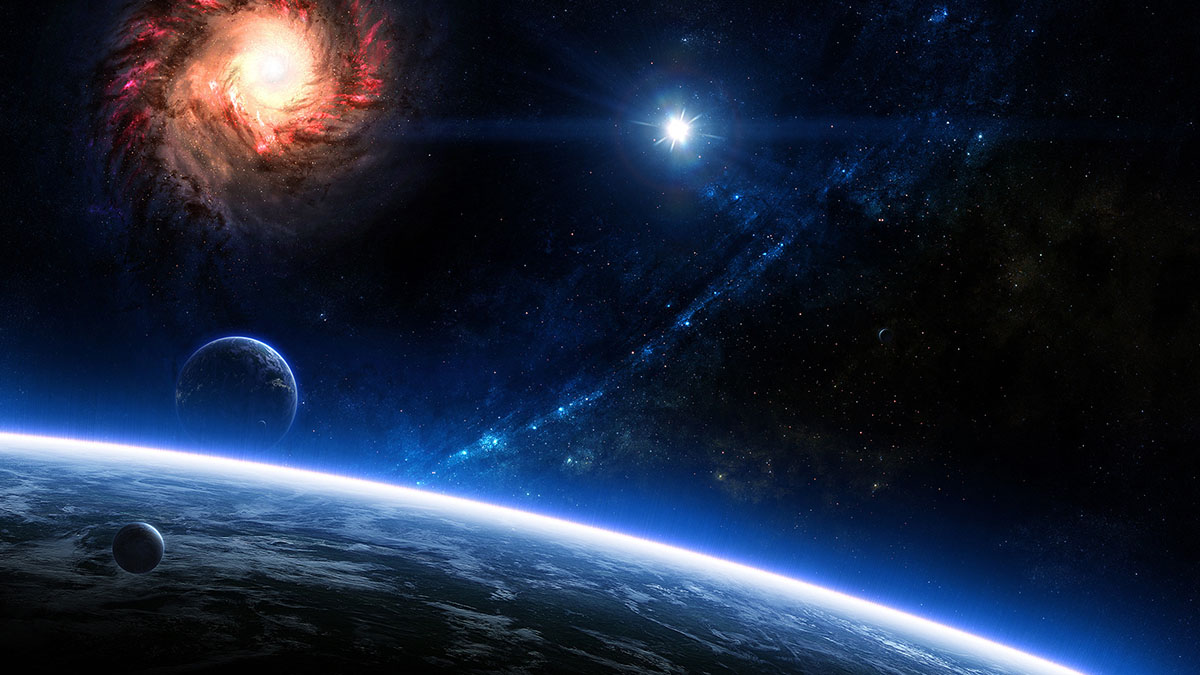the dilemma of the habitable zone

Here’s yet another idea that gets the Intelligent Design and creationist crowd excited. The Habitable Zone. It’s the zone around a star in which the temperature is right for liquid water and relatively mild global climate. Move the planet a bit closer to the star and it will be too hot to support life. Move it farther back and the planet with freeze to an icy ball, too cold for living things to exist. According to creationists, the fact that Earth is in the habitable zone must mean that there’s something or someone responsible for the narrow range of temperatures we experience. There’s no way we can thread a cosmic needle by pure and simple chance.
But the habitable zone is a concept that applies only to the living things of this planet. Alien life could be a lot tougher. For example, it’s plausible for some alien bacteria to use liquid ethane instead of water as a solvent and live in -250F weather. Heat is a bigger problem because very few usable solvents can stay liquid at very high temperatures, but alien life forms could just do what animals on our planet do when it gets too hot for their tastes. They could hide in a cooler, darker place where the heat can’t reach them and it’s cold enough for water to stay in its liquid form. In both cases, the planets they inhabit could be out what we think is the habitable zone of a given star. But then again, the habitable zone is supposed to be a quick and dirty rule, not an authoritative ruling on the possibility of life for an extrasolar world.
On top of that, habitable zones are actually measured in hundreds of millions of miles. A little closer and a little farther are relative terms. For our solar system, the habitable zone would be between the orbits of Venus and Mars. That’s a band some 200 million miles wide. Our 12,700 mile wide planet has a whole lot of room to wander and still host life. If we include an alien that can use super-chilled liquids in our estimates, the habitable zone swells to over a billion miles. As you can see this is a pretty vague concept based on woefully incomplete knowledge.
However, this didn’t stop the concept’s creators from making a galactic variant. Apparently, a galaxy also has a habitable belt around its midsection. Too close to the galactic center and the radiation from the black hole and colliding, hyperactive stars will doom all life on a planet. Too far away and there wouldn’t be enough metal to form rocky worlds in the dark recesses of the galaxy. I can understand that you wouldn’t want to be too close to the galactic center. After all, there’s a supermassive black hole there and whipping around it are large, chaotic stars. Stellar explosions are common and huge gamma ray bursts could fry an otherwise habitable planet into a lifeless rock.
There’s also a problem with the chemical composition of planets on the edge of a galaxy. Stars migrate, moving around as they spin and when tugs from other stars, nebulae and black holes pull and push them around. Supernovae, which make metals in the final moments of their lives, scatter the atoms they produce across thousands of light years. The entire galaxy will be awash in all sorts of gases and metals given a little time. Relatively speaking of course.
So what are the chances that Earth is in the right spot in the galaxy and in the right spot around its parent star to host life by chance alone? Actually, very good when we consider that our star can safely wander in a swath over 25,000 light years wide (that’s 150 quadrillion miles) and our planet has an almost 80 million mile margin of error either way, conservatively speaking. There is a little disclaimer though. Different temperatures would drive the evolution of different kinds of life so while we wouldn’t survive being more than 80 million miles closer to or farther from the Sun, other living creatures could.





